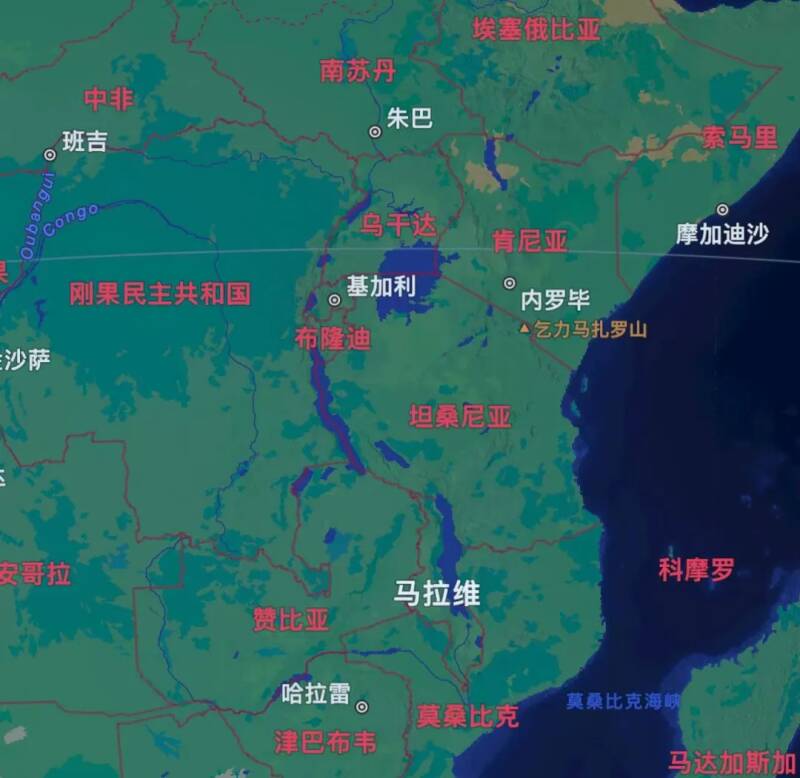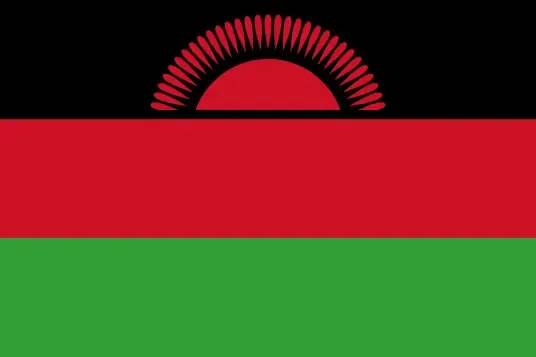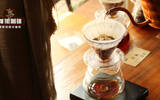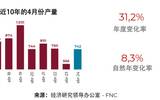Introduction of coffee varieties in Malawi coffee producing area in African countries
African coffee is well known in the global coffee market, because there are many coffee producing countries in Africa, and the African country Ethiopia is recognized as the birthplace. There are also many coffee producing countries to be reckoned with, such as Malawi.
Malawi Malawi
The Republic of Malawi (Republic of Malawi), located in southeastern Africa, is a landlocked country surrounded by Tanzania, Mozambique and Zambia. Malawi gets its name from Lake Malawi, the third largest lake in Africa, with a land area of 118000 square kilometers.

The Malawian flag is rectangular and consists of three parallel horizontal rectangles of black, red and green from top to bottom. In the middle of the black bar above the flag is a rising sun, emitting 31 rays of light. Among them, black symbolizes black, red symbolizes the blood of martyrs fighting for freedom and independence, green represents the beautiful land and green scenery of the country, and the sun pattern symbolizes the hope of African people fighting for freedom.

Malawi has diversified topographical features. The whole territory is divided into four natural geographical areas: the Great Rift Valley, the central plateau, the highlands and isolated mountains. The East African Rift Valley runs through the whole territory, and there are many plateaus in the territory, with an average elevation of 1500-2400 meters in the western plateau and 1000 meters in the eastern highlands. The northern region is mountainous, the central part is mainly the plateau, and the southern region is mostly lowland except the Songba Plateau.
Malawi has a savanna climate, with an annual average temperature of about 20 ℃. It is cool and dry from May to August and the coldest in July. The average temperature in the plateau is 20-24 ℃, and that in the rift valley is 27-30 ℃. The rainy season is from November to April, and rainfall accounts for 90% of the total rainfall of the year. Malawi has many rivers, lakes and volcanoes, and the soil and growth conditions are very suitable for coffee cultivation.
Coffee producing area
There are two kinds of coffee growers in Malawi, one is large-scale coffee farms popular in the south, and the other is self-employed coffee farmers mainly in the north. The best-known producing areas are the Mishuku Hills (misuku hills) and the Nkata Bay Highlands (nkhata bay highlands), which currently grow varieties such as Agaro, Geisha, Bourbon, Catimor and so on.
Mishuku Hills (misuku hills): the area is 1700-2000 meters above sea level, near the Songwei River (Songweriver), with stable rainfall and temperature. The coffee beans produced here will have the flavor of citrus, black plum and stone fruit.
Nkata Bay Heights (nkhata bay highlands): the Nkatat Bay Highlands, which extends from southeast to southwest of mzuzu, is 2000 meters above sea level, with a hot and rainy climate, and some coffee tastes similar to those in Ethiopia. Some of the coffee here will have floral, blackcurrant and creamy flavors.
Small farmers form six cooperatives in different parts of Malawi:
Together, these cooperatives form the Muzuzu Coffee grower Cooperatives Union (Mzuzu Coffee Planters Cooperative Union), which produces about 350 tons of coffee per year. Farmers can export their own coffee or sell it through the Muzuzu Cooperative Alliance.
Important Notice :
前街咖啡 FrontStreet Coffee has moved to new addredd:
FrontStreet Coffee Address: 315,Donghua East Road,GuangZhou
Tel:020 38364473
- Prev

How many stages can the segmented water injection of hand-brewed coffee be divided into? What should I pay attention to for three-stage brewing? What is the relationship between time and water injection method?
Whether you are Xiaobai who has just begun to come into contact with hand-flushing, or an old player who has been making coffee for many years, the segmented method is the most commonly used water injection method. So for extraction, what factors does the number of segments affect? What's so important about dividing it into several paragraphs? How to define segmented water injection? Given the situation before formal water injection extraction
- Next

Civil strife breaks out again in Colombia! However, coffee production in 2024/25 is expected to reach 12 million
Recently, the FNC of Colombia recently issued a coffee report, which pointed out. In April, Colombia's coffee production was 742,000 bags (60 kilograms/bag), an increase of 31.2% over the same period last year. Although it has increased compared with the same period last year, it is down compared with 866,000 bags in March 2024.
Related
- Being chased out of the rain in front of Starbucks?! Store: Sheltering from rain under umbrellas poses a safety hazard
- The white moonlight has changed?! Lucky launches "Big Winter Pear American"
- Hand-brewed coffee three-stage method, high-sweet and universal brewing method to share! What does the high sweet water level of hand-brewed coffee mean?
- What is the difference between raw, refined and full espresso coffee? How to extract espresso and taste good?
- A complete list of coffee bean names and their meanings! What is Yejia Shefi coffee? Where is Mantelin coffee?
- What grade does Arida Manor Kaduai coffee beans belong to? What treatment is Arida ASD slow anaerobic sun exposure?
- The milk tea cup becomes smaller?! Overlord Tea Girl launches a new "Return to Yunnan" series
- Accused of selling counterfeit and high-priced coffee beans! Well-known boutique coffee brand "Oukelao" bowed and apologized!
- How to make espresso dumplings? Can I eat coffee and glutinous rice balls together?
- Save the unformed and stagnant powder cakes in one second! What is the problem with stagnant water in the powder bowl of the espresso machine?

